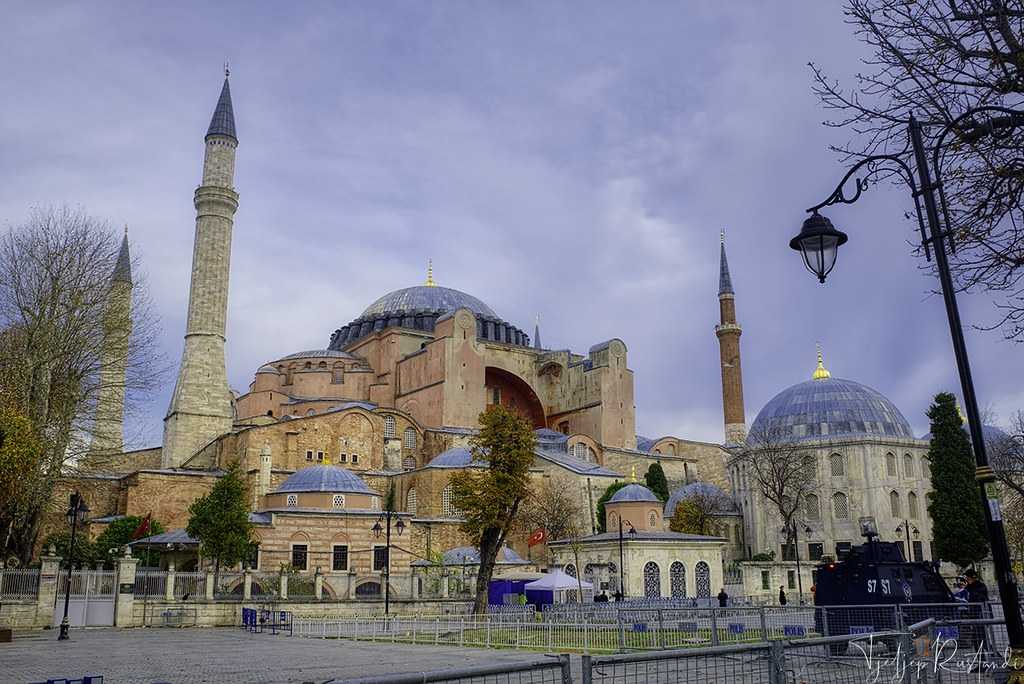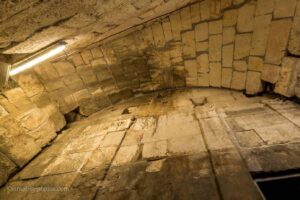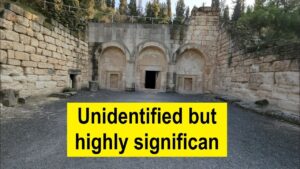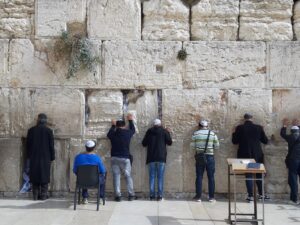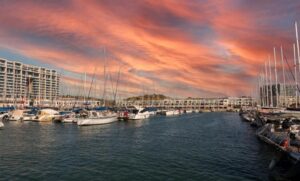Blue Mosque: Architectural Marvel in Istanbul
Nestled in the heart of Istanbul, the Blue Mosque, also known as Sultan Ahmed Mosque, stands as a testament to the grandeur of Ottoman architecture. This iconic landmark, with its cascading domes and six towering minarets, is a must-visit for anyone exploring the rich cultural tapestry of Turkey. Whether you’re an architecture enthusiast, a history buff, or simply a curious traveler, the Blue Mosque offers a captivating glimpse into the past and present of Istanbul.
What to See
As you approach the Blue Mosque, you’ll be greeted by its stunning exterior, characterized by a harmonious blend of blue tiles and intricate calligraphy. The mosque’s courtyard is expansive, providing a serene space to admire the structure’s grandeur. Inside, the mosque is adorned with over 20,000 handmade ceramic tiles, predominantly in shades of blue, which give the mosque its popular name. The central dome, flanked by smaller domes, creates a breathtaking visual effect, while the stained glass windows allow natural light to illuminate the interior, enhancing its beauty.
Visitors can also explore the mosque’s prayer hall, which is open to non-worshippers outside of prayer times. The hall is vast, with a carpeted floor and a sense of tranquility that invites reflection. Don’t miss the mihrab, a semicircular niche in the wall that indicates the direction of Mecca, and the minbar, a pulpit from which sermons are delivered.
A Bit of History and Interesting Facts
Commissioned by Sultan Ahmed I, the Blue Mosque was constructed between 1609 and 1616. The mosque was built to reassert Ottoman power and rival the grandeur of the nearby Hagia Sophia. Its architect, Sedefkâr Mehmed Ağa, was a student of the renowned Mimar Sinan, and he skillfully combined Byzantine and Islamic architectural elements to create this masterpiece.
One interesting fact about the Blue Mosque is its six minarets. At the time of its construction, this was a unique feature, as most mosques had four or fewer minarets. Legend has it that Sultan Ahmed I wanted the mosque to have gold minarets, but due to a misunderstanding, the architect built six minarets instead. This caused a stir, as the only other mosque with six minarets was the Masjid al-Haram in Mecca. To resolve the issue, Sultan Ahmed I funded the construction of a seventh minaret at the Mecca mosque.
How to Get There and Tips for First-Time Visitors
The Blue Mosque is located in the Sultanahmet district, a historic area that is easily accessible by public transportation. If you’re using the tram, take the T1 line to the Sultanahmet stop, which is just a short walk from the mosque. Alternatively, you can take a taxi or use ride-sharing services, but be prepared for potential traffic in this bustling part of the city.
For first-time visitors, it’s important to note that the Blue Mosque is an active place of worship. As such, visitors are required to dress modestly. Women should cover their heads, shoulders, and knees, while men should avoid wearing shorts. Scarves and skirts are available at the entrance for those who need them. The mosque is closed to tourists during prayer times, which occur five times a day, so plan your visit accordingly.
Photography is allowed, but be respectful of worshippers and avoid using flash. The best time to visit is early in the morning or late in the afternoon when the mosque is less crowded, allowing you to fully appreciate its beauty and serenity.
